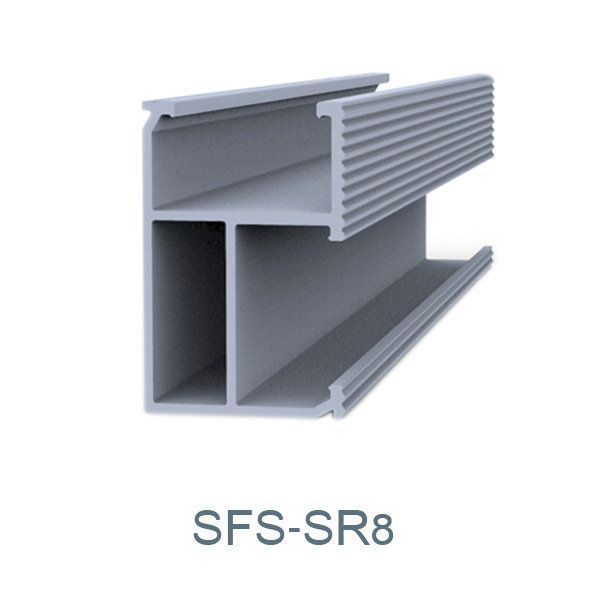

stud bolt flange
नवम्बर . 19, 2024 02:47 Back to list
stud bolt flange
Understanding Stud Bolt Flanges A Comprehensive Guide
In the world of engineering and construction, the proper selection of fastening methods is crucial for ensuring the structural integrity and reliability of various applications. One of the most efficient and widely used fastening systems is the stud bolt flange. This article aims to delve into the details of stud bolt flanges, exploring their design, uses, benefits, and maintenance considerations.
What are Stud Bolt Flanges?
Stud bolt flanges are a type of mechanical fastening device, primarily used to connect two flanged components in piping systems. They consist of two main components the stud bolts and the flanges. The stud bolts are long, threaded rods that extend through the flanges, while the flanges are circular plates that serve as connecting surfaces. The stud bolts' threads allow for nuts to be secured on either end, creating a strong and stable connection.
Design and Specifications
Stud bolt flanges can come in various designs to suit different applications. Common types include raised face, flat face, and ring-type joints. The choice of flange type often depends on the specific requirements of the piping material, pressure, and temperature conditions.
The materials used for stud bolt flanges can vary from carbon steel, stainless steel, and alloy steel to non-metallic materials, depending on the environmental conditions in which they will be used. Standards such as ASME, ANSI, and ISO define the specifications for these connections, ensuring that they can withstand the demanding conditions of industrial applications.
Applications
Stud bolt flanges are extensively used in numerous industries, including oil and gas, petrochemical, water treatment, and power generation. They are particularly advantageous in high-pressure and high-temperature environments, as they provide a reliable seal and can be easily tightened or loosened as needed.
stud bolt flange

In situations where frequent maintenance is required, the ability to disassemble and reassemble these connections easily makes stud bolt flanges an ideal choice. They are also used in situations where vibration might loosen other types of fasteners, as the securing nuts can effectively maintain a tight grip.
Benefits
One of the primary advantages of using stud bolt flanges is their ability to maintain a secure and leak-proof seal under varying conditions. This is particularly significant in systems carrying liquids or gases under pressure, where any leakage could have catastrophic consequences.
Moreover, stud bolting allows for uniform distribution of pressure across the flange, which enhances the overall strength of the connection. The ability to adjust the tension on the stud bolts by tightening or loosening the nuts further contributes to their reliability and durability.
Maintenance Considerations
Maintaining stud bolt flanges is crucial for ensuring longevity and performance. Regular inspections should be conducted to check for signs of wear, corrosion, or any other damage. Proper torque values should be adhered to during installation and maintenance, as overtightening can lead to gasket damage and connection failure.
In high-temperature applications, thermal expansion is a key consideration. Users should ensure that their installations account for this phenomenon to avoid undue stress on the connections.
Conclusion
Stud bolt flanges play an essential role in numerous industries, providing crucial connections in various applications. By understanding their design, benefits, and maintenance, engineers and technicians can ensure that they choose the right fastening solution for their projects. Following best practices for installation and maintenance will ultimately contribute to the safety, efficiency, and longevity of the systems they are employed in.
Latest news
-
Hot Dip Galvanized Bolts-About LongZe|High Strength, Corrosion Resistance
NewsJul.30,2025
-
High-Strength Hot Dip Galvanized Bolts - Hebei Longze | Corrosion Resistance, Customization
NewsJul.30,2025
-
Hot Dip Galvanized Bolts-Hebei Longze|Corrosion Resistance&High Strength
NewsJul.30,2025
-
High-Strength Hot-Dip Galvanized Bolts-Hebei Longze|Corrosion Resistance&High Strength
NewsJul.30,2025
-
Hot Dip Galvanized Bolts-Hebei Longze|Corrosion Resistance&High Strength
NewsJul.30,2025
-
Hot Dip Galvanized Bolts - Hebei Longze | Corrosion Resistance, High Strength
NewsJul.30,2025

